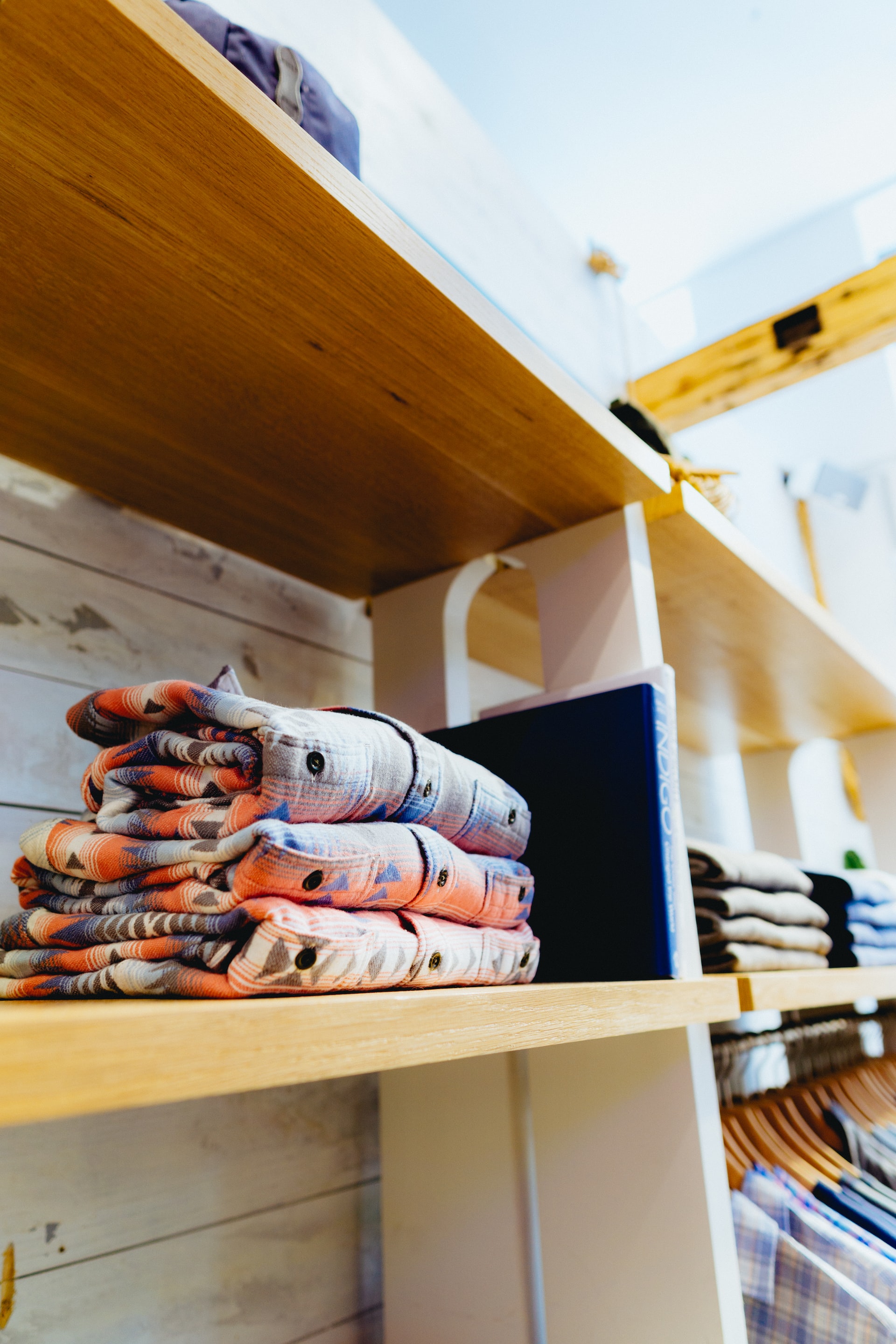Common Greenwashing Examples
Sep 27, 2022
We’ve all seen those corny commercials for a product that’s marketed as “sustainable.” They’ll often include images of different ecosystems, use earth-toned colors, have symbols of leaves or the planet, and include language like “eco-friendly” or “green”. Unfortunately, many of these marketing campaigns are just for the sake of sales and have little to do with the real impacts associated with the product. So, how can brands avoid making these mistakes and how can everyday shoppers be on the lookout for greenwashing?
We did a YouTube video on this same topic that you can watch here. Once you’ve watched it, make sure you leave us a comment and ask any questions that may be on your mind!
Hyperbole
The first tip that we advise all the brands we work with is to avoid using hyperbole or overstating. It’s tempting to use the words and images I mentioned above, but we need to shift away from this outdated method of communicating with our customers. It’s a disservice.
There really isn’t a single brand or product out there that is 100% sustainable, even a North Star brand like Patagonia has areas to improve on. So instead of claiming to be sustainable, we encourage brands to use words like “responsible” or “preferred” or at least clarify what’s meant by your version of sustainable. Brands should celebrate the sustainability work they’re doing, absolutely - but we have to remember - there is no finish line! There are always things brands can do to reduce their impacts on people and the planet, so pat yourself on the work you’ve accomplished, but keep your eye on the horizon.

If you don’t work at a brand and you see sustainability claims on the products in your house or at your local store, one of the best things you can do is research the brand or product. Go to their website, click around, and see what you can find about materials, worker well-being, future initiatives, and more. This is time-consuming (we get it), but it’s one of the best ways to avoid getting caught up in the greenwashing mess. Or, email us your questions about brands! We’d be happy to help you find the answers you’re looking for.
Lack of Detail
If you’re out shopping and you spot something that you think could be greenwashing, one of the best ways to verify is to check the labels. If a brand is doing good sustainability work, they’ll include some details on the back label or hangtag. While they won’t be able to put all of their sustainability initiatives onto one piece of paper, they should include a summary of why the given product is a better alternative to other products.
Some features the label should include are:
- What was done (what steps were taken)
- How it benefits people and planet
- How is it better than doing things the old way?
The same applies if you work at a brand - make sure that your products are being marketed in a truthful manner. For example, if your brand is doing work to align with the SDGs, make sure your marketing reflects that. Use this as an opportunity to connect with and educate your customer on different sustainability initiatives and organizations. You can also refer to our video “Communicating Sustainability to Customers” to get a more in-depth explanation of why communication is key!
Certifications & Verifications
One of the most important steps for any brand to take is to verify the claims you are making. In other words: get certified. The most common certifications in the apparel industry are materials certifications that exist for both natural and synthetic fibers. Not only do certifications exist for fibers, but brands can also get their chemicals and labor practices certified.
While a brand can’t get certified in every impact area all at once, it’s important to support the brands who are committing the time and money to continue the certification process. Even if a brand only has one or two certifications, they’re still taking important steps to create a better business.
Some of the gold star certifications to keep an eye out for are:
One of the most important benefits of getting certified is that this encourages traceability and creates more transparency across the business. We did a separate blog post all about this, but supporting traceability and transparency in your brand is a great way to assess and improve your impacts.

In an increasingly critical and skeptical world, more and more brands are getting called out for greenwashing. It’s great that we’re raising our expectations for businesses, but we have to remember that sustainability initiatives cannot be achieved overnight.
Derek always mentions the “yeah, but…” effect, where the conversation between brands and customers often goes like this:
Brand: “We’re using 100% certified organic cotton!”
Customer: “Yeah, but what about…”
Truth is, your brand’s sustainability initiatives will never be enough. There will always be an impact when we make clothing, but the important thing to remember is that we can always do more to reduce that impact. And not only do we need to reduce impacts, but we need to communicate our efforts with our customers. A lot of good can happen in the world if we stop, communicate, and connect with one another.
Thank you for joining me and if you have any questions about today’s blog, send us an email at [email protected]. We’d love to help you out and if you want more sustainability content, don’t forget to sign up for our weekly newsletter!
Catch you next time!
McKenzie
#keeplearning #greenwashing #sustainablebusiness
